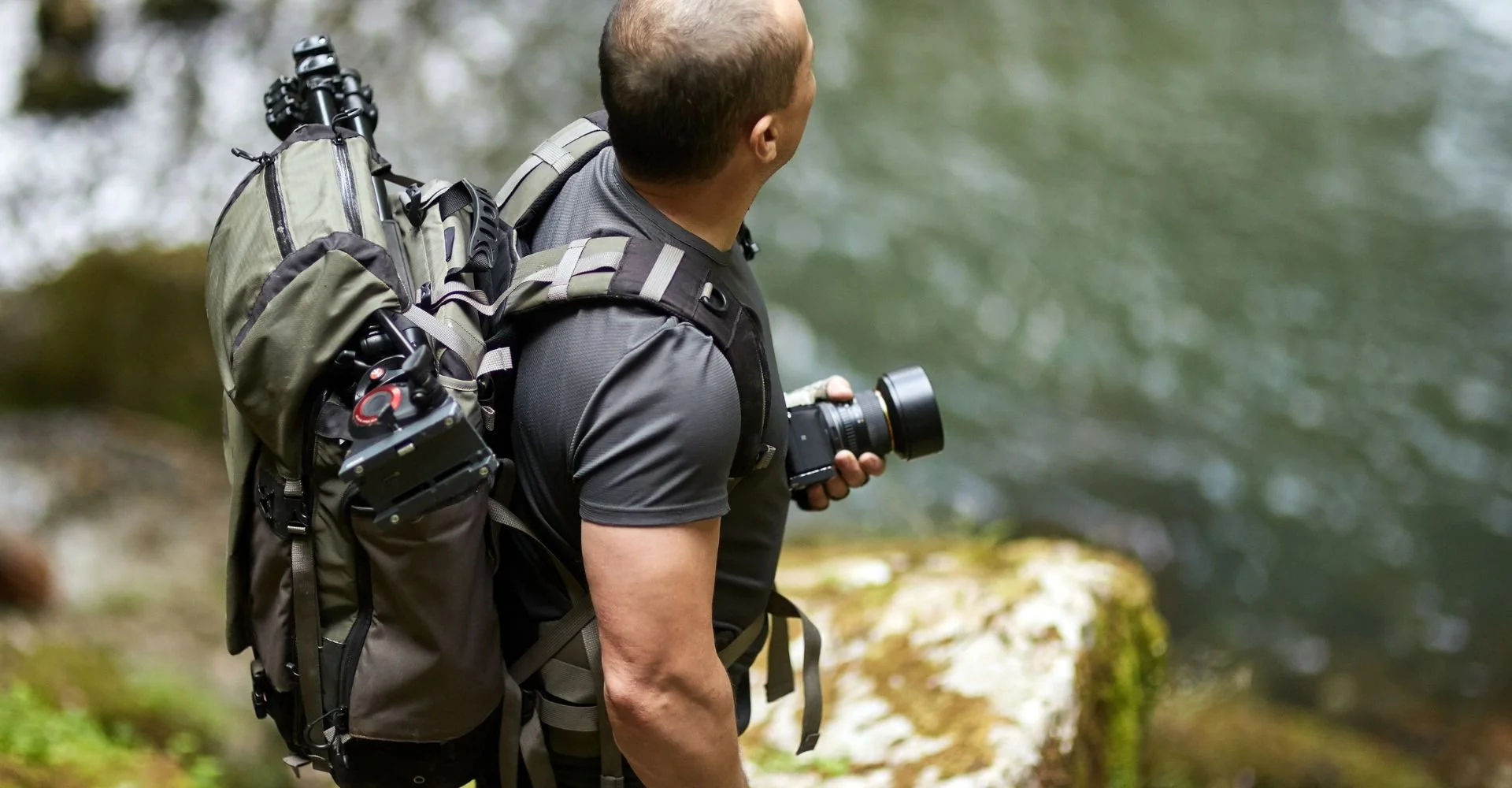What Equipment Do I Need for Outdoor Photography?
The call of the wild beckons, and you, camera in hand, are ready to answer, but before you embark on your outdoor photography adventure, make sure you have the right equipment to capture those breathtaking landscapes and fleeting moments of magic. In addition to a high-quality camera and lenses and a sturdy tripod, having the right accessories is essential for capturing stunning images in any outdoor environment. We’ll provide a breakdown of the essentials in this post.
Gearing Up for Adventure: Essential Equipment for Outdoor Photography
When it comes to picking out a camera, choose one that suits your style and budget. DSLRs offer superior image quality and control, while mirrorless cameras are lighter and more compact. Cameras with full-frame sensors capture more light and detail, but APS-C crop sensors are more affordable and offer longer effective focal lengths with telephoto lenses. You'll want to have a few different lenses with you including a wide angle, zoom and telephoto; also consider prime lenses which offer superior image quality and wider apertures for low-light and shallow depth of field. You’ll also want a few different filters and a sturdy tripod.
You’ll also want to bring along some handy accessories like an L-Bracket or L-Plate which mounts to your camera body and allows you to easily switch from shooting in horizontal landscape orientation to vertical portrait orientation. A remote shutter release can serve many purposes, including: creating long exposure and quickly capturing several shots in sequence. Bringing along spare batteries and memory cards is always a good idea as well as a cleaning kit, including an air blower to protect your gear from dust and dirt.
Aside from your gear, a well-fitted and comfortable backpack is a must. Dedicated camera backpacks can be uncomfortable for long hikes and not at all designed to carry weight optimally. Consider a hiking backpack from a company like Gregory or Osprey and use it to carry your gear. Remember, depending on the length of your hike and overall trip, you’ll also likely need to bring food, water, a small first aid kit and extra clothing and accessories. Keep an additional “grab bag” of things you don’t need to carry with you out on the trail but will need when you get back to your car to stay organized so you can maximize your time shooting.
Choosing the Right Tripod for Outdoor Photography
Capturing the untamed beauty of the outdoors demands not only vision but also the right tools, and when it comes to ensuring sharp, stable images amidst the elements, a reliable tripod takes center stage. With a plethora of options available, choosing the "right" tripod can feel daunting, so this guide will equip you with the knowledge you need to select the perfect tripod companion for your outdoor photography adventures.
Before diving into the specifications, ask yourself: What type of photography do you primarily do? Each style will each have different equipment weight and stability requirements. Where will you be shooting? Different terrains will necessitate different features. How important is portability? If you prioritize backpacking or hiking, weight and folded size become crucial factors.
Considerations for Your Tripod:
Material:
Aluminum: Affordable, lightweight, but less rigid than other options.
Carbon Fiber: Strong, lightweight, and weather-resistant, but pricier.
Leg Sections & Head:
More sections = more compact when folded, but less rigid when extended.
Fewer sections = less portable, but more stable.
Ball head: Versatile and quick to adjust, ideal for most outdoor photography.
Pan-tilt head: Precise control for fine adjustments, suitable for astrophotography or birdwatching.
Center Column & Maximum Height:
Tripods with shorter center columns are generally more stable and allow you to get as low to the ground as possible.
Ensure the tripod reaches your eye level when fully extended.
Bonus Features:
Hook for hanging weight for added stability in windy conditions.
Bubble level for precise leveling.
Removable legs for converting the tripod into a monopod.
All-weather construction for protection against rain, dust, and sand.
Choosing the right tripod for landscape photography isn’t always an easy task but figuring out the best option for you is important and can be the difference between getting the shot and missing out and also getting to and from your location with ease. Be sure to invest in a quality, robust tripod that will last you for years.
Not sure where to go with all your new gear on your next photography trip? Our guidebooks offer invaluable resources, including photography tips, ideal times and spots, as well as location-specific insights, all aimed at ensuring you make the most of your trip.

